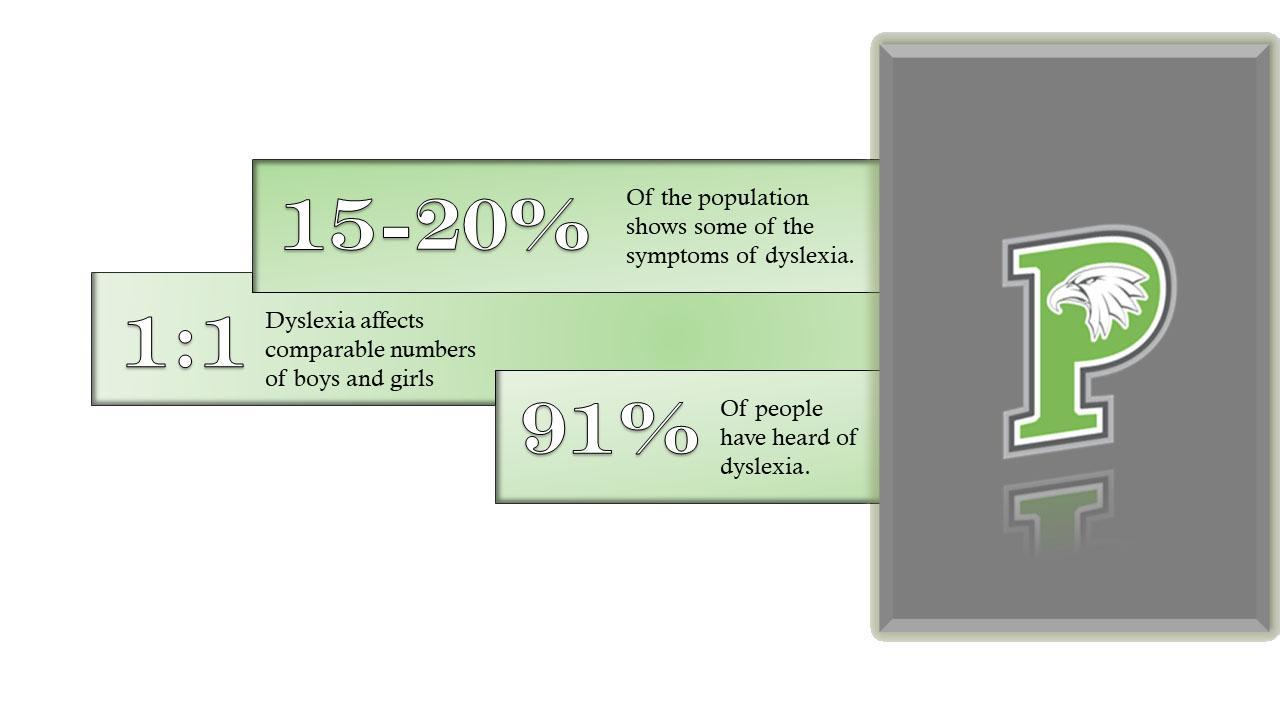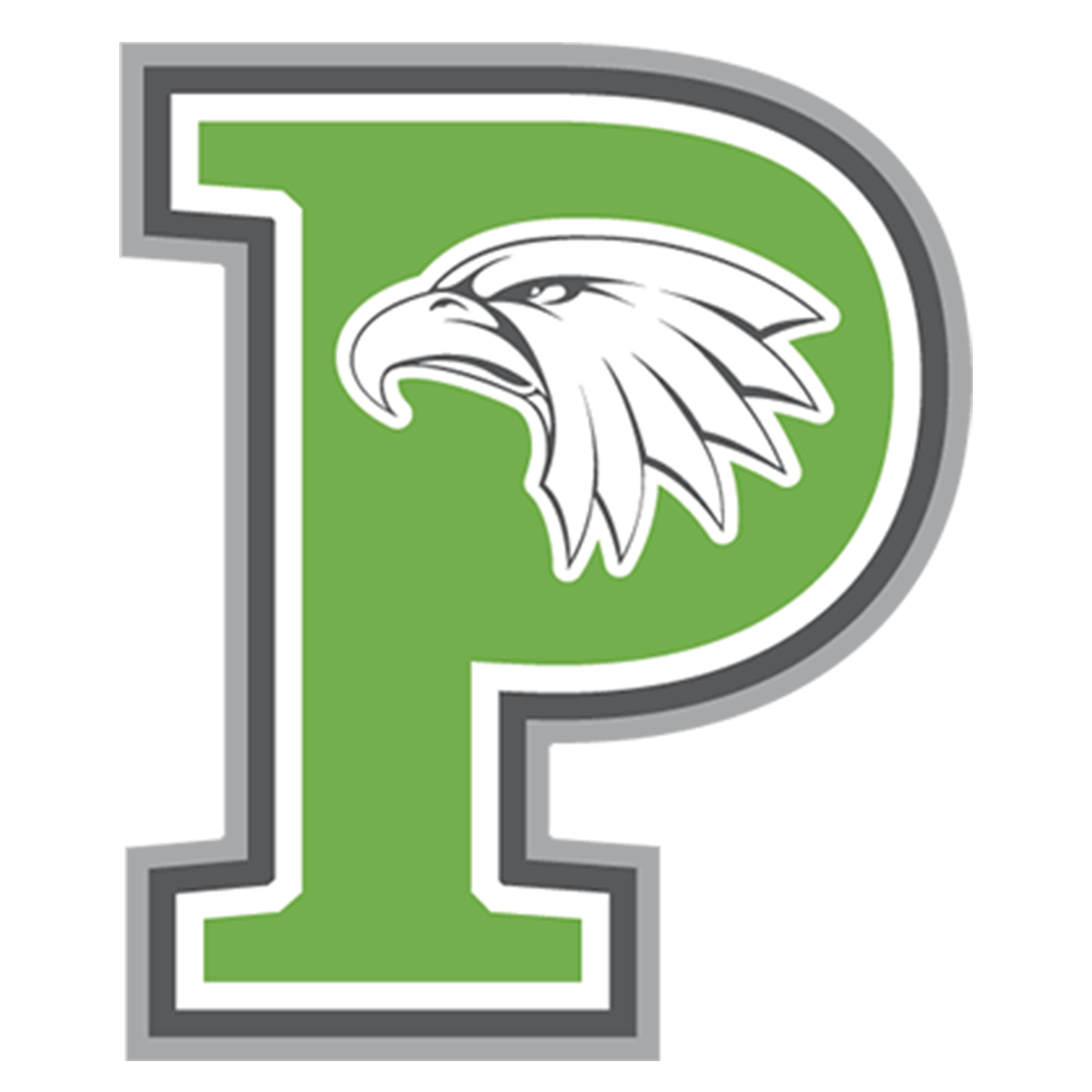Dyslexia Definitions & Characteristics

Definition of Dyslexia
As defined in Texas Education Code §38.003
(2) “Related disorders” includes disorders similar to or related to dyslexia such as developmental auditory imperception, dysphasia, specific developmental dyslexia, developmental dysgraphia, and developmental spelling disability. (1) “Dyslexia”
m
eans a disorder of constitutional origin manifested by a difficulty in learning to read, write, or spell, despite conventional instruction, adequate intelligence, and sociocultural opportunity.
The definition of the International Dyslexia Association states:
Dyslexia is a specific learning disability that is neurological in origin. It is characterized by difficulties with accurate and/or fluent word recognition and by poor spelling and decoding abilities. These difficulties typically result from a deficit in the phonological component of language that is often unexpected in relation to other cognitive abilities and the provision of effective classroom instruction. Secondary consequences may include problems in reading comprehension and reduced reading experience that can impede growth of vocabulary and background knowledge. (Adopted by the International Dyslexia Board of Directors, November 12, 2002).
Characteristics of Dyslexia
The primary difficulties of a student identified as having dyslexia occur in phonemic awareness and manipulation, single-word decoding, reading fluency, and spelling. Secondary consequences of dyslexia may include difficulties in reading comprehension and/or written expression. These difficulties are unexpected for the student’s age, educational level, or cognitive abilities. Additionally, there is often a family history of similar difficulties.
The primary reading and spelling characteristics of dyslexia are as follows:
Difficulty reading real words in isolation;
Difficulty accurately decoding nonsense words;
Slow, inaccurate, or labored oral reading (lack of reading fluency);
Difficulty with learning to spell.
The reading/spelling characteristics are the result of difficulty with the following:
The development of phonological awareness, including segmenting, blending, and manipulating sounds in words;
Learning the names of letters and their associated sounds;
Phonological memory (holding information about sounds and words in memory);
Rapid naming of familiar objects, colors, or letters of the alphabet.
Secondary consequences of dyslexia may include the following:
Variable difficulty with aspects of reading comprehension;
Variable difficulty with aspects of written composition;
A limited amount of time spent in reading activities.
Common Signs of Dyslexia
The following signs may be associated with dyslexia if they are unexpected for the individual’s age, educational level, or cognitive abilities.
Pre-school:
May talk later than most children;
May have difficulty with rhyming;
May have difficulty pronouncing words (i.e., busgetti for spaghetti, mawn lower for lawn mower);
May have poor auditory memory for nursery rhymes and chants;
May be slow to add new vocabulary words;
May be unable to recall the right word;
May have trouble learning numbers, days of the week, colors, shapes, and how to spell and write his or her name.
Kindergarten through third grade:
Fails to understand that words come apart;
Has difficulty learning the letter names and their corresponding sounds;
Has difficulty decoding single words (reading single words in isolation)—lacks a strategy;
Has difficulty spelling phonetically;
Oral reading is choppy and labored (nonfluent);
Relies on context to recognize a word.
Fourth grade through high school:
Has a history of reading and spelling difficulties;
Avoids reading out loud;
Reads most materials slowly;
oral reading is labored, not fluent;
Avoids reading for pleasure;
May have an inadequate vocabulary;
Has difficulty spelling;
may resort to using less complicated words in writing that are easier to spell.
Sources for Common Signs of Dyslexia from The International Dyslexia Association retrieved July 10, 2006.
Shaywitz, S. (2003). Overcoming dyslexia: A new and complete science-based program for reading problems at any level. New York: Alfred A. Knopf.
